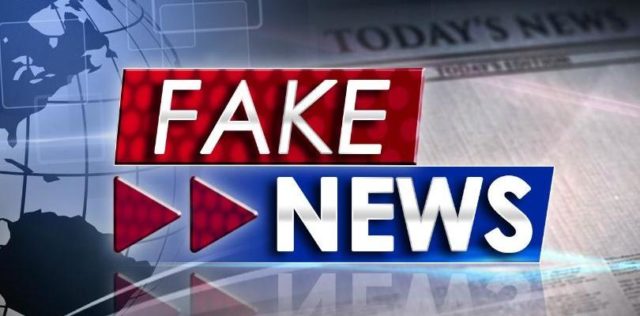I was born to a veteran journalist; one who had spent decades in the newspaper industry working with leading publications of the country. Without naming any particular newspaper in this article lest I be penalised for the same, let me recount an incident which involved my Dad’s then employing newspaper and the news reports they carried. I was only a teenager back then and newspapers were our only source of information since we didn’t have cable tv back in those days, I remember once asking him, “Dad, is there any information that is correct in this newspaper?” He jokingly replied, “Yes, the advertisements are correct.”
Unfortunately, my father and I did not even realise back then that we had unwittingly prophesied of a much-dangerous time to come, one where it would become increasingly impossible to differentiate fake news from authentic ones. This proliferation of fake news in a lot of ways can actually be attributed to the rise of internet and social media sites.

While the term “fake news” might have been popularised by the US President Donald Trump post the negative press coverage against him, it is not a new phenomenon. It has existed for as long as man has been lying in order to get his way. In fact, fake news actually overlaps with other ‘incorrect’ or ‘misleading’ information like propaganda (false, biased or misleading information spread with a political intent), misinformation (false or misleading information) and disinformation (false information meant to deceive people).
With the advent and proliferation of the internet, the source of people’s information has changed drastically in the present age. People, especially youth, no longer rely on newspapers for their information. After all, nothing beats the freshness of fresh news, received in real time. Thus, for most people, especially the youth in a young country like India, the mobile phones have become their one-stop-shop for all source of information.
A recent study in Malaysia, in fact, identified WhatsApp and Facebook as the biggest sources of fake and unverified news. And even though the study pertains to another Asian country, it’s equally relevant to India. For the simple fact that Indians make up the majority of WhatsApp user base with a whopping 160 million active users. The same, in fact, also holds true for Facebook, where India overtook the United States last year by boasting a whopping user base of 241 million active users.
Thus, with more Indians using WhatsApp and Facebook, it becomes inevitable that they will become a victim of fake news. In addition, since people seldom stop to check the veracity of a news, fake news becomes difficult to tell apart from its authentic counterpart. Thus, with a single click, users like, send or retweet a message, which actively fast-forwards fake news to newer targets who too would not stop to check for verifiability.
Thus, in several cases, it is upto the government, organizations, and individuals to play an active role in combatting the menace of fake news. Of course, that’s easier said than done. The Indian government, for example, has expressed its helplessness in case of checking the spread of fake news via WhatsApp owing to WhatsApp’s end-to-end encryption, which makes it impossible to put a stop to the spread and dissemination of false information.






























